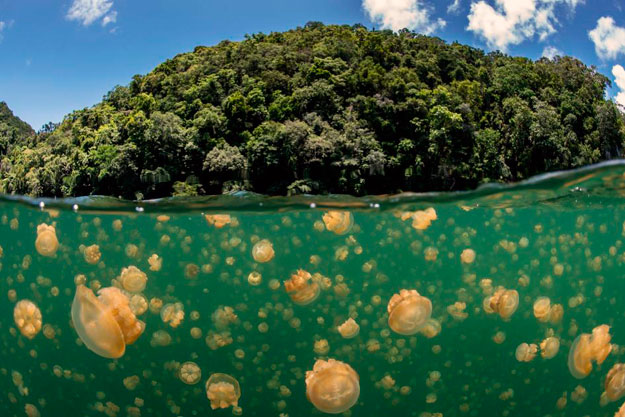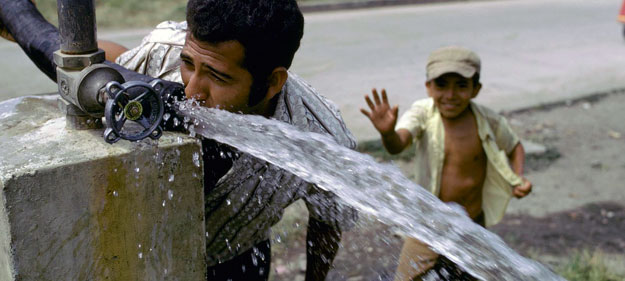It stands to reason that if you protect the ocean, ecosystems will thrive. Now, scientists have hard data to back up that logical assumption, thanks to a sweeping study of marine reserves in the island nation of Palau.

The Pristine Seas team surveyed a lake harboring millions of jellyfish Palau’s greatest tourist attraction.
Nearly two years ago, Palau officially designated 193,000 square miles of its maritime territory as a fully protected marine reserve, where no fishing or mining can take place. The reserve became the sixth-largest of its kind in the world—while the island of Palau is smaller than New York City, its marine protected area became larger than the state of California.
In a statement made at the time, Palau’s President Tommy Remengesau, Jr., said the move was essential to conserving the island’s livelihood: “Island communities have been among the hardest hit by the threats facing the ocean. Creating this sanctuary is a bold move that the people of Palau recognize as essential to our survival.” Read more











